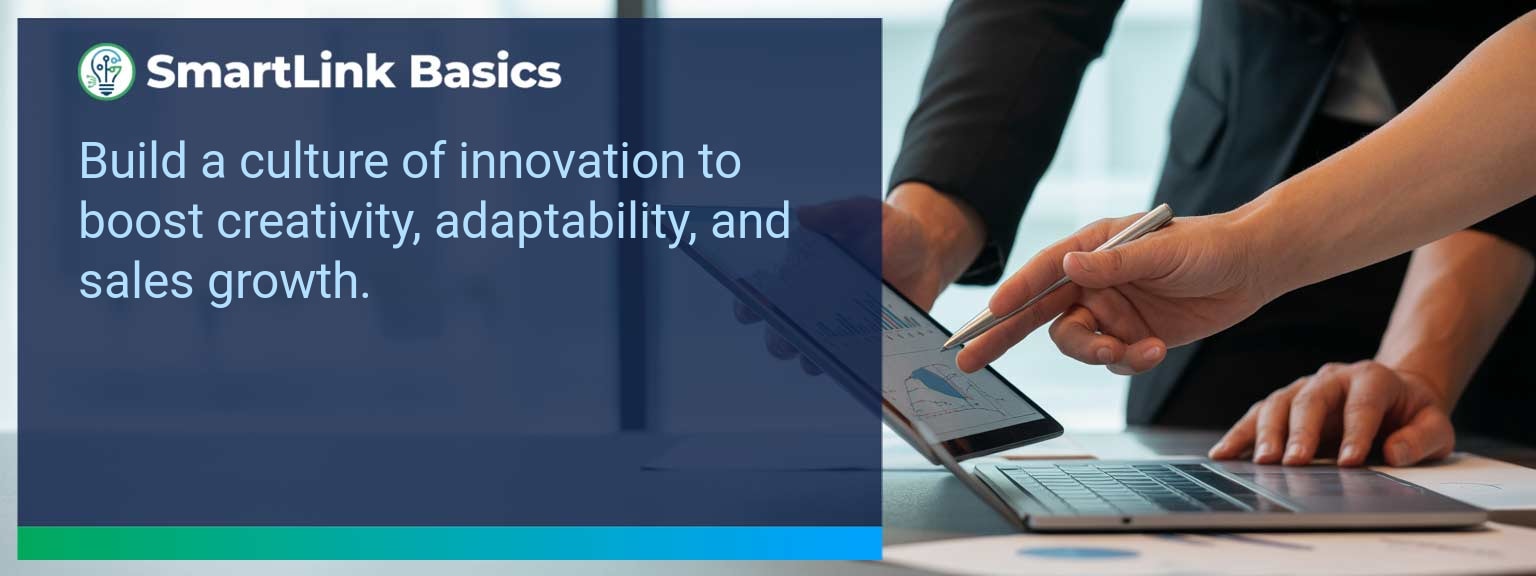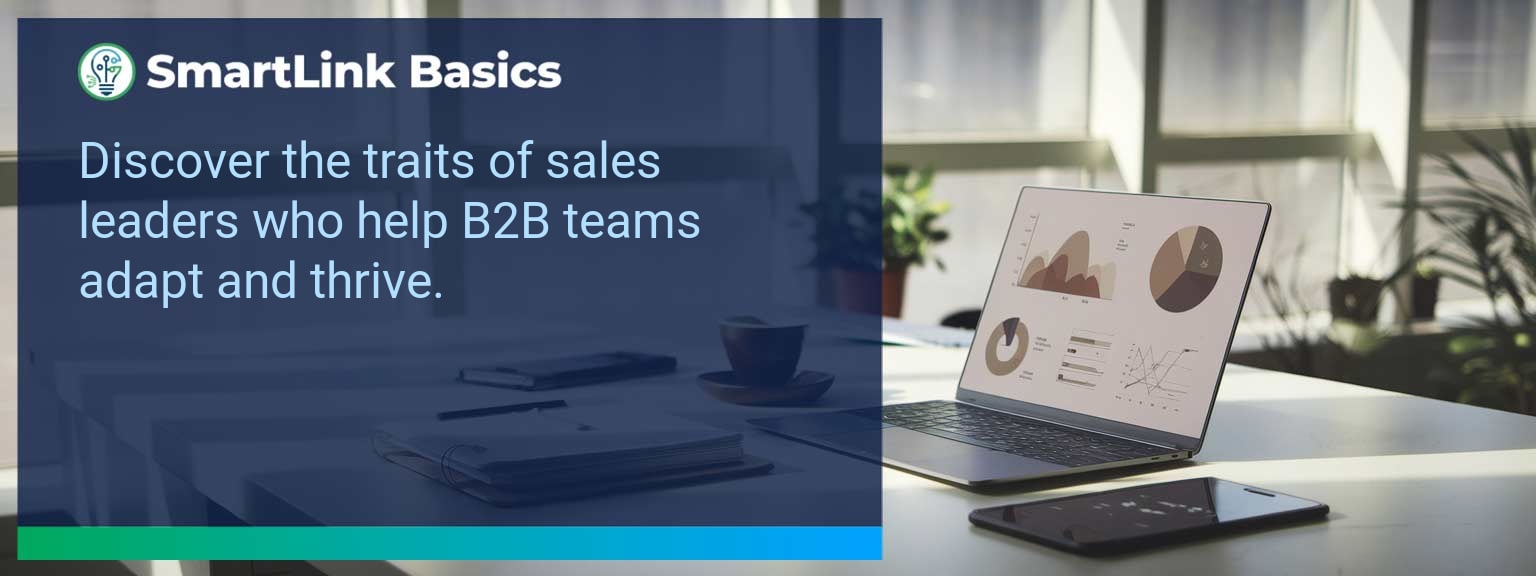Industry data shows that organizations adopting AI-driven automation achieve cost reductions of up to 30% while accelerating sales cycles by 20% or more (McKinsey, 2024). For sales leaders, AI automated workflows now define competitive advantage, enabling teams to reallocate time from repetitive tasks to high-value engagements. At SmartLink Basics, we help decision-makers implement these systems strategically, ensuring they integrate with existing revenue operations. In this article, you’ll see how AI automated workflows power business outcomes, the common obstacles that slow adoption, and practical steps to optimize processes. You’ll walk away with proven examples, a 90-day action blueprint, and measurable KPIs to track results.
- Automate repetitive administrative and CRM updates with AI.
- Integrate machine learning to personalize outreach at scale.
- Streamline approvals, quotes, and contract workflows for speed.
- Use predictive analytics to prioritize sales opportunities.
- Track adoption and performance with targeted metrics.
AI Automated Workflows: What Changed and Why It Matters
AI adoption has shifted from experimental to operational, making automated workflows a standard in high-performing sales organizations. The real advantage lies in combining workflow automation with artificial intelligence workflows to optimize every step of the revenue process. Sales leaders now use AI to synchronize touchpoints, reduce manual inputs, and ensure faster execution. For example, a B2B SaaS leader introduced automated lead enrichment and routing, cutting qualification time by 60%. Actionable insight: Audit processes for time-intensive handoffs and apply AI where repeatability is high.Redesign the Revenue Operating System With AI Automated Workflows
ICP, Segmentation, and Targeting AI-enabled segmentation uses historical wins, firmographic, and behavioral data to dynamically update ICP profiles. This ensures targeting precision without quarterly re-work. Pipeline Architecture Automated workflows push opportunities through the right stages based on engagement signals. AI flags at-risk deals for intervention. Plays and Messaging Integrated automation tools deliver personalized sequences based on buyer activity, increasing relevance at every touchpoint. Operating Cadence AI schedules follow-ups, forecast calls, and account reviews based on actual pipeline movement rather than static calendars. Actionable insight: Implement automation that adapts in real-time to both internal and buyer-driven events.Common Obstacles To Achieving Seamless Automation
The most frequent challenges are fragmented systems, inconsistent data quality, and cultural resistance. Without a unified data layer, automation amplifies errors rather than solving them. Coca-Cola Europacific Partners reported needing a full data governance upgrade before AI could improve sales workflows. Leaders must first assess infrastructure readiness and train teams to trust AI-influenced recommendations. Actionable insight: Before deployment, establish clean data practices and a single source of truth.Implementing AI To Optimize Workflows
Effective deployment of AI process optimization starts with mapping current-state processes, identifying friction points, and matching them with automation tools. For example, automating proposal generation based on CRM opportunity data can reduce turnaround from three days to one hour. Solutions combining business process automation platforms with machine learning integration enable continuous performance improvement. Actionable insight: Pilot in one high-impact stage, measure, and then expand.Tangible Benefits From Automated Processes
The benefits extend beyond time savings — sales leaders gain a scalable system. Tangible outcomes include faster quote-to-close, higher lead conversion, and better forecast accuracy. A manufacturing firm implemented AI-assisted order processing and cut errors by 40%, improving on-time delivery rates. Actionable insight: Track both speed and accuracy to measure workflow automation effectiveness.Metrics That Matter
| Category | Metric | Definition | Target |
|---|---|---|---|
| Leading | Workflow Completion Rate | % of automated sequences executed without manual intervention | 95%+ |
| Leading | AI Suggestion Adoption Rate | % of AI-generated action recommendations executed by reps | 80%+ |
| Lagging | Cycle Time Reduction | Decrease in time from lead entry to closed-won | 20%+ |
| Lagging | Revenue Per Rep | Average sales revenue generated per sales rep per quarter | +15% YoY |
| Quality | Automation Error Rate | % of workflows that trigger incorrect outcomes | <1% |
| Quality | Customer Satisfaction Post-Automation | Average CSAT score after automation implementation | ≥ 4.5/5 |
Innovations And Next Steps For AI Automation
Emerging capabilities like AI-generated playbooks, intent-driven dynamic routing, and integrated AR for virtual product demos are shaping the next wave of sales automation. Companies integrating these tools early will outpace competitors in speed and personalization. Actionable insight: Stay ahead by testing emerging automation features quarterly and aligning them with evolving buyer expectations.Get the 90-day plan, coaching rubric, and dashboard template to operationalize AI in your enablement program.
Turning AI Automation Into a Revenue Multiplier
AI automated workflows are now a strategic lever for predictable, scalable growth. This guide outlined current applications, adoption challenges, a 90-day execution plan, and measurable success criteria. To make automation pay off, sales leaders should integrate tools into one cohesive operating system and review results monthly for continuous improvement. Access more AI-driven sales enablement resources from SmartLink Basics to design a high-performance automation strategy. Strong market shifts require equally strong sales leadership strategies. At SmartLink Basics, we see firsthand that leading a sales team through change is not about survival — it’s about positioning for accelerated performance. With buying behaviors evolving, pipeline certainty shrinking, and competitive dynamics intensifying, effective sales management has never been more critical. In this guide, we’ll break down proven approaches that experienced leaders can deploy now to stabilize performance, inspire confidence, and build scalable sales team leadership models. Expect practical frameworks you can implement immediately to drive sales performance improvement while preparing for long-term gains.- Clarify your strategic direction before tactical execution
- Redesign sales operating systems to match current market conditions
- Equip managers with advanced sales coaching techniques
- Align pipeline management with buyer journey insights
- Measure both leading and lagging indicators for accurate performance tracking
Navigating Uncertainty And Change With Sales Leadership Strategies
Experienced leaders know change is constant, but the pace today challenges even seasoned executives. Sales leadership strategies grounded in agility and disciplined execution create stability during turbulent shifts. This means setting clear objectives, eliminating ambiguity in roles, and communicating priorities that align with market realities. For instance, a SaaS firm facing a compressed sales cycle restructured its account planning to focus on high-velocity segments. The result: revenue steadied and began climbing within two quarters. The key is to pair decisiveness with adaptability so teams remain confident while executing.Implementing Winning Leadership Tactics Through Sales Leadership Strategies
Success in sales team leadership today requires more than experience — it demands a systematic approach to team enablement. Leaders must combine effective sales management capabilities with performance-driven structures. This starts with embedding sales coaching techniques that sharpen skills in real time. High-impact programs involve weekly deal reviews, role-play scenarios for messaging alignment, and documented playbooks for consistent execution. A mid-market manufacturing firm used these principles to lift close rates 17% in one quarter, proving structure and coaching drive measurable gains. Consistency in leadership tactics builds not just skills but team-wide accountability.Measuring Breakthrough Sales Outcomes
Tracking the right indicators separates high-performing leaders from reactive managers. Metrics must cover leading activities, lagging results, and quality measures to capture the full performance picture. For example, tracking opportunity-to-demo conversion alongside deal size and win rate enables precise tuning of commercial plays. Align these KPIs with the team’s operating cadence to ensure accountability.| Category | Metric | Definition | Target |
|---|---|---|---|
| Leading | Qualified Meetings Set | Number of prospect meetings booked with ICP-aligned accounts | +15% MoM |
| Lagging | Closed-Won Revenue | Net new revenue from closed deals | Exceed quarterly target by 5% |
| Quality | Proposal Acceptance Rate | Percentage of proposals accepted without major changes | Above 80% |
Preparing For The Next Phase Of Growth
When a team achieves stability and improved sales performance, the next step is sustainable scaling. Leaders must anticipate the skills, processes, and systems required for the next revenue tier. This includes refining sales growth strategies, formalizing leadership development for emerging managers, and enhancing team motivation in sales. By planning for the next sales cycle now, you avoid reactive scrambling later and maintain competitive momentum. Access deeper guidance through expert insights from SmartLink Basics to future-proof your revenue engine.Get the 90-day plan, coaching rubric, and dashboard template to operationalize AI in your enablement program.
Driving team success in sales is a deliberate process of leadership clarity, structured execution, and measurable outcomes. Applying these sales leadership strategies ensures your organization remains agile, competitive, and growth-ready.









